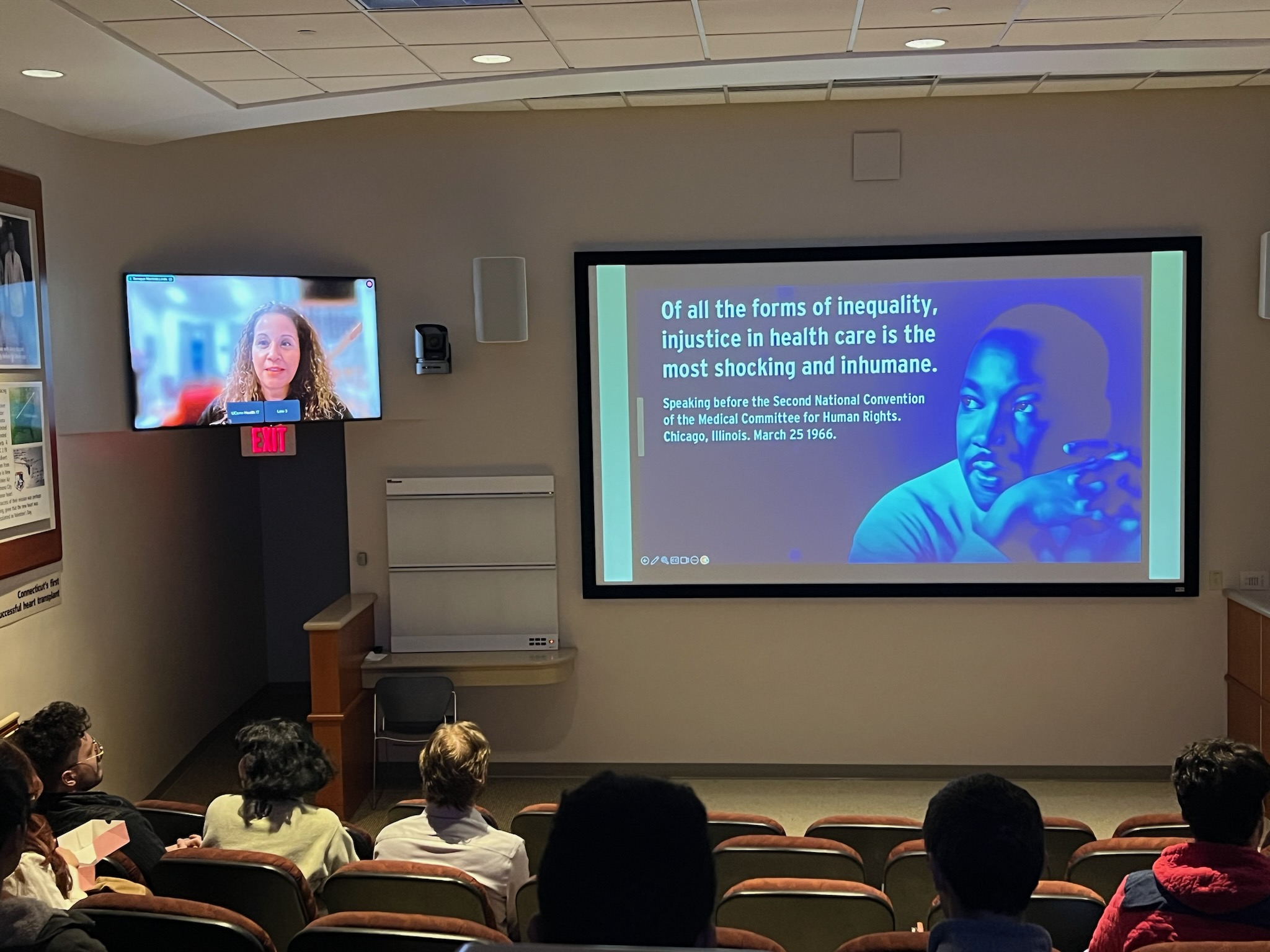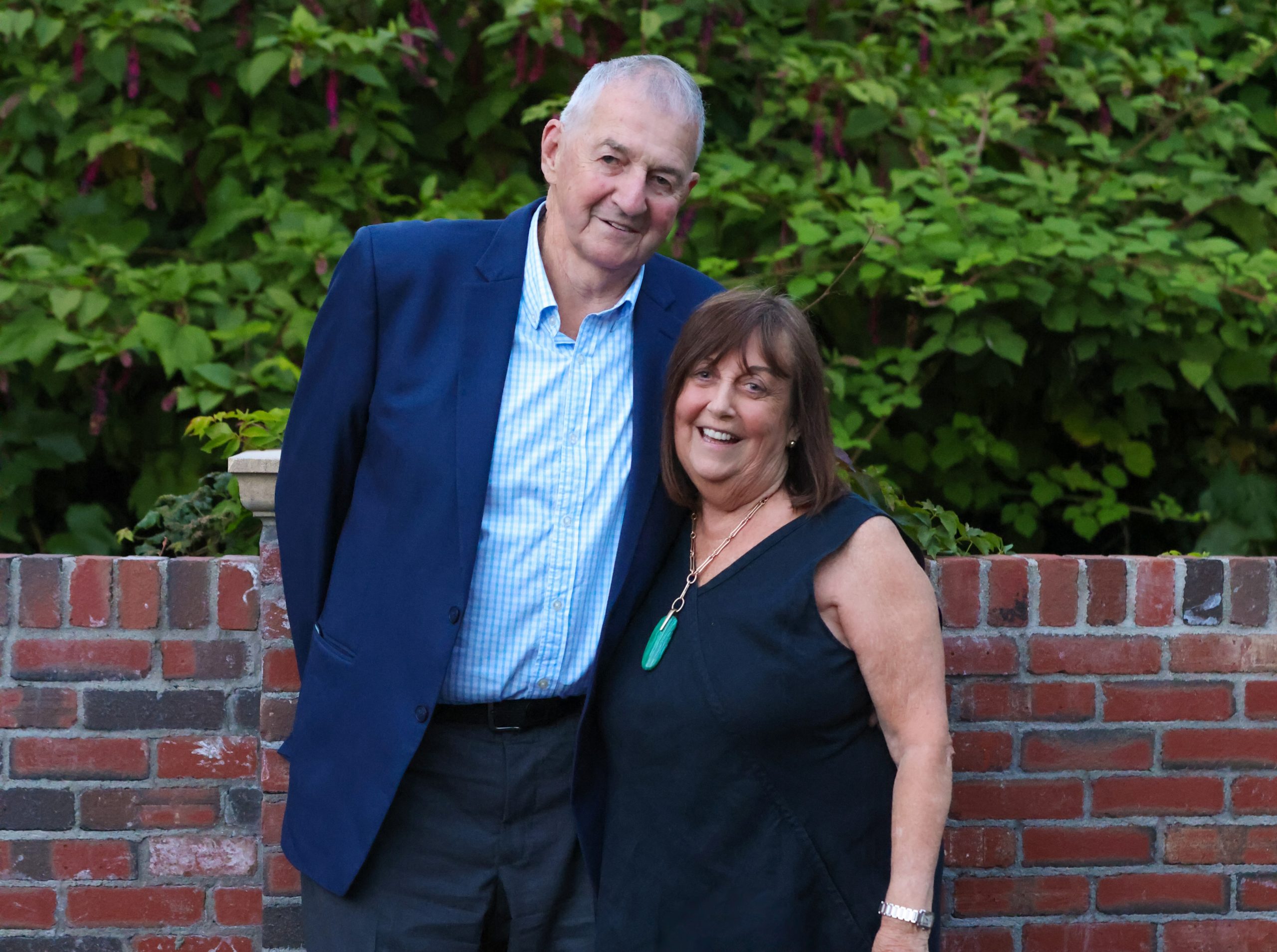Most drugs are small. But large molecules could be enormously useful medicines—if we could only get them inside our cells. Now, a group of researchers in biomedical engineering – a shared department with the UConn School of Dental Medicine, School of Medicine, and School of Engineering – has developed a non-toxic way to do just that.
Pfizer and Moderna’s COVID-19 vaccines have demonstrated just how useful large biomolecule drugs can be. Their vaccines are based on messenger ribonucleic acid (mRNA) which is a molecule hundreds of times bigger than a typical small-molecule drug.
Small molecules have it easy. They can slip into our cells undetected and do their work without fear of getting captured and digested by endosomes. Endosomes are like tiny bubble stomachs that envelope large molecules seeking entry to cells and digest them with acid.
UConn associate professor of biomedical engineering Yupeng Chen, his student Jinhyung Lee, and other members of his lab describe in the May 11 issue of PNAS a way to protect large biomolecule drugs by encasing them in a nanomaterial mimicking DNA. Nanomaterials are objects designed at the atomic scale; they’re usually only slightly larger than large molecules. The material Chen’s lab used is shaped like a bundle of sticks, where the sticks are tubes of DNA-like nanotubes. The DNA nanotube acts like a sponge for acid, sucking up the free hydrogen atoms in the acid that would otherwise do the damage, and tricking the endosome into pumping more and more water and acid inside of itself until it explodes.
After the endosome explodes, the DNA nanotubes disintegrate, freeing the large therapeutic molecules to work inside the cell.
The acid sponge idea is not unique; it’s similar to how the Moderna and Pfizer vaccines penetrate human cells. But those vaccines use lipids (fats) that cause inflammation, or cytotoxic polymers, to protect their payload. These methods don’t seem to hurt us much at small doses, but they could be harmful if used for drugs that need to be taken repeatedly.
By contrast, Chen’s team’s approach would make the protective nanotube out of harmless DNA. Absorbing all the acid in the endoscope partially breaks down the DNA nanotubes. The rest of it is easily disposed of by the cell afterwards.
The system is simple and it works. Chen’s team proved this by infecting human lung cells with a tame adenovirus that made the cells glow green. They then used the DNA nanotube system to deliver an RNA molecule that successfully silenced the green gene, causing the cells to go dark. The DNA nanotubes delivered the silencing RNA much more effectively than the lipid method. This showed the DNA nanotube delivery can effectively inhibit viral genes in infected human lung cells.
The researchers are now working on similar large molecule delivery systems tailored to cancer and cartilage diseases.
This research was funded by National Institutes of Health grants R01AR072027 and R03AR069383-04, NSF Career Award 1905785, and UConn.



